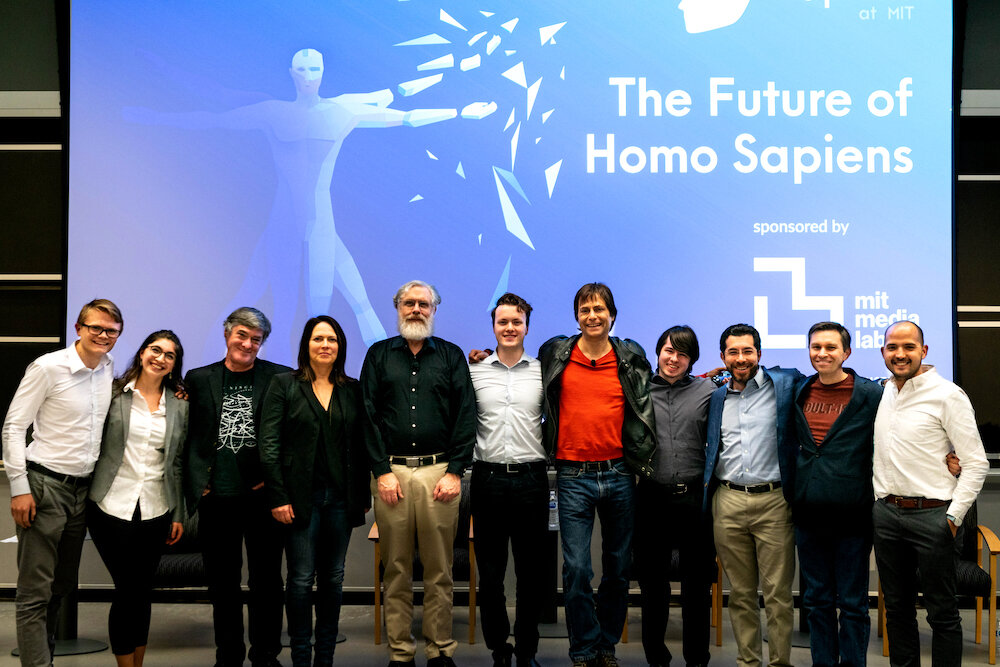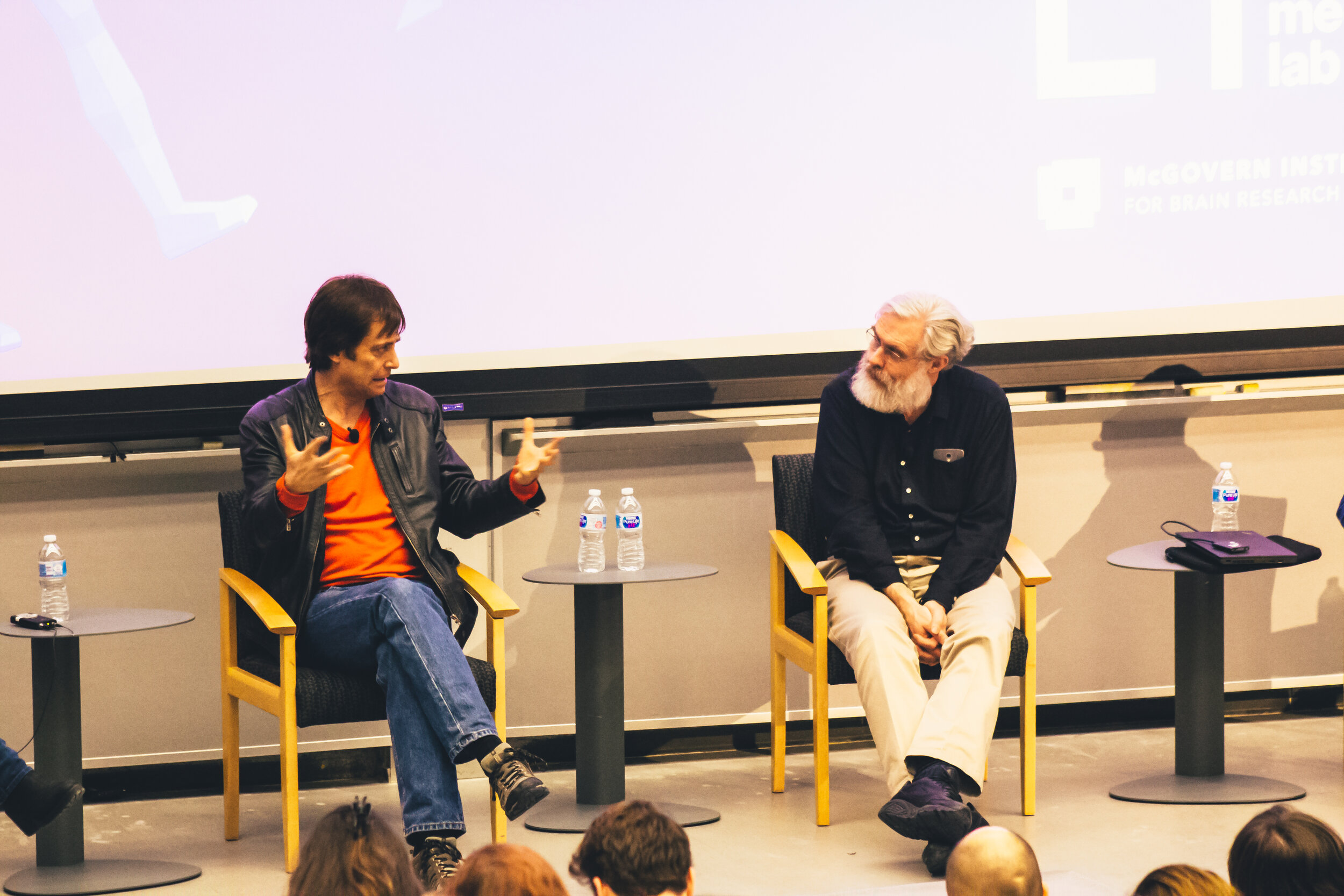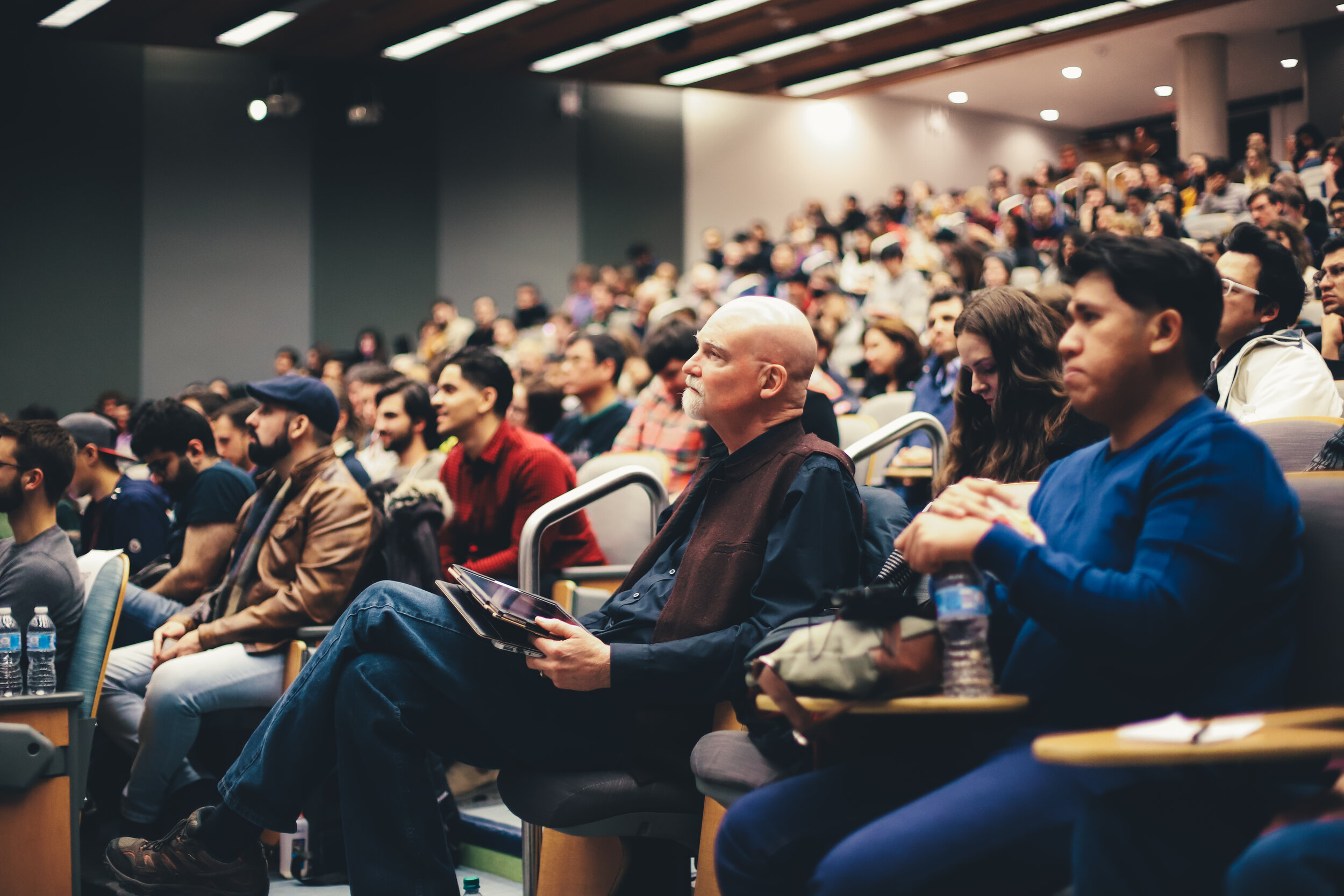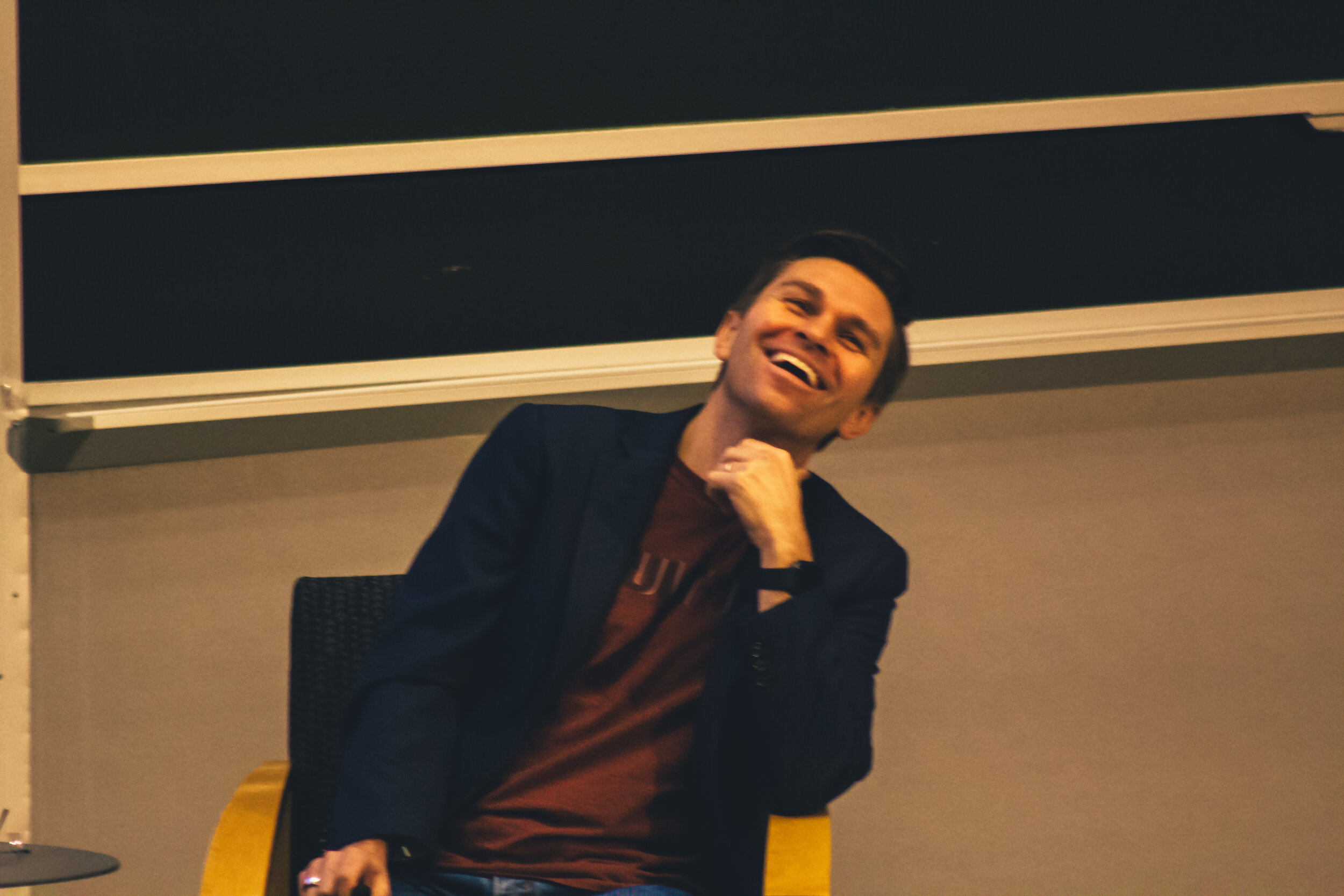
Xapiens — MIT’s group for Human Augmentation
August 2018
Co-founder of Xapiens, Graphic Design (Branding, Logotype, Visuals), Web development by SIranush
Tools used for Graphic Design: Adobe Illustrator and Adobe Photoshop
Xapiens Logo and Visuals, 4 x 5, 5 x 4 multi layer vector images.
Creating Visuals.
To Inspire.
A generation.
Artist imagining augmented humans transcending limitations of body/mind.
Dream it.
I had many sleepless night contemplating about the future of humanity and the current existential risks and opportunities for our species. Human augmentation is not novel for humanity. In fact, we have been augmenting ourselves with vaccines and cars and weapons all along. However, currently we have threats like malused biotechnology, artificial general intelligence and the death of all our “eggs” in the “basket” planet Earth. I sought a community at MIT and Harvard, where I could gain knowledge and research in many areas of human augmentation.
First iteration of “Xapien” Vitruvian Man inspired by Leonardo da Vinci.
Build it.
Since none existed, I decided to create my own. I called it “Xapiens” (“X” for unknown and “sapiens” for wise) and chose a color palette that both contributes calmness, technology (blue), optimism (white, light blue), futurism, imagination, unknown (violet). I then made a logotype using visualizations of technology, directed evolution, sentience and augmentation. I also made a kind of Vitruvian man. Disassociating pieces represent the “bad” parts of humans we want to get rid of and the “good” ones we want to augment ourselves with.
Picture of Xapiens board and speakers of “The Future of Humanity” event.
Grow it.
Posting these visuals along with a Google Form to imagine such society, I got 70 responses within a matter of few days. 20 attended the first of our weekly meetings. 100 came to our first guest lecture on brain-machine interfaces. 2000 signed up and 700 showed up at our first symposium that was sponsored while we still did not go official. We contributed to books and organised a Board of Directors and Scientific Advisory Board from current leaders of many areas of human augmentation. Currently, the group if focused on research and networking.





























